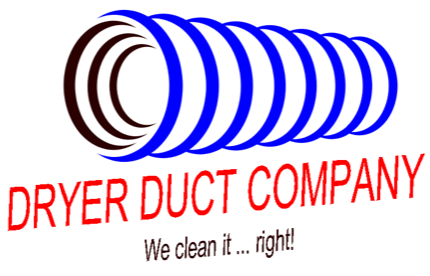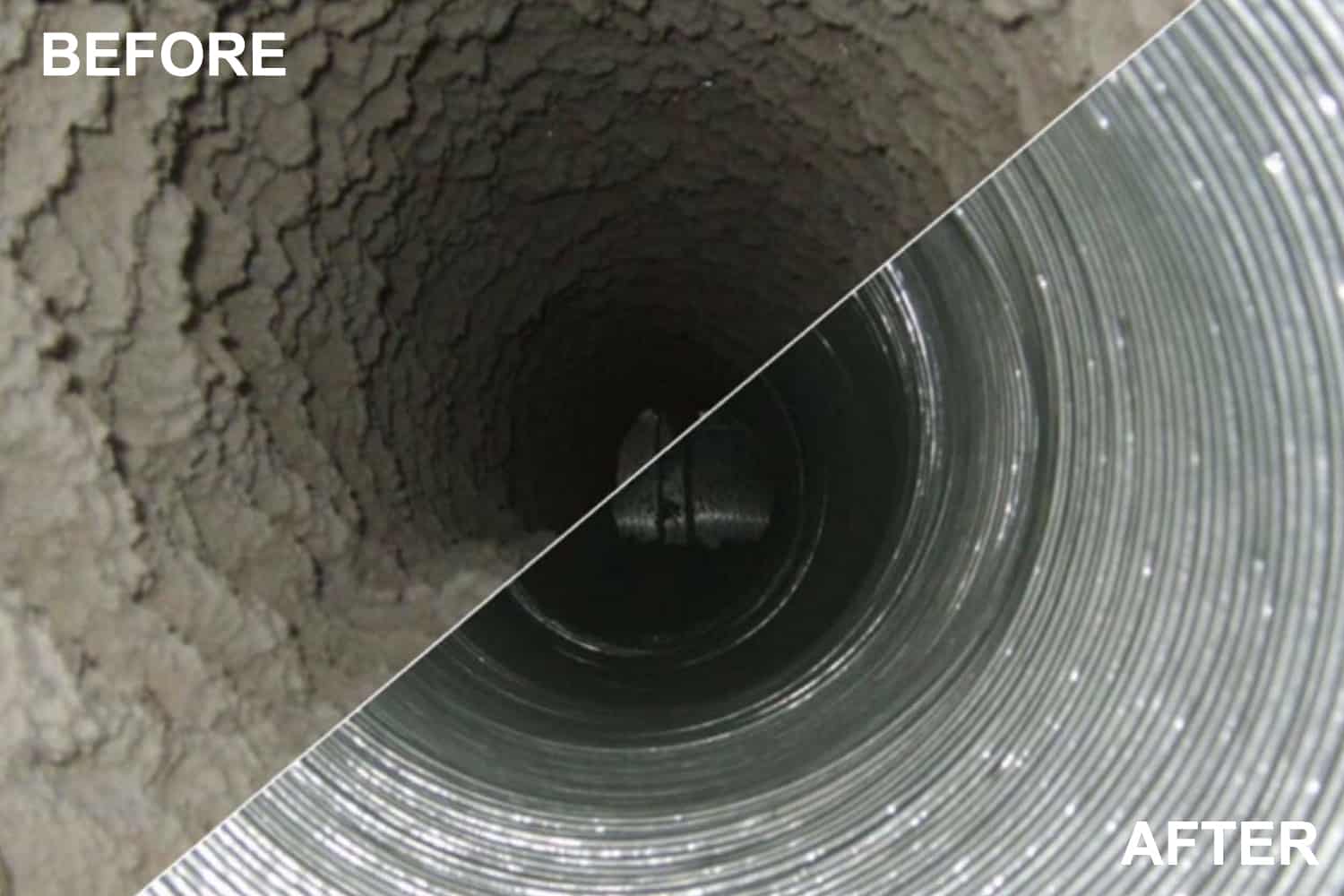Top-Rated Heating Duct Cleaning in San Jose: Your Ultimate Guide
Top-Rated Heating Duct Cleaning in San Jose: Your Ultimate Guide
Blog Article
Specialist Tips for Reliable Home Heating Air Duct Cleansing to Enhance Indoor Air Quality
In the realm of interior air top quality maintenance, one often-overlooked yet vital facet is the tidiness of home heating ducts. Reliable home heating air duct cleansing not only guarantees a much healthier living setting but also maximizes the effectiveness of your heating and cooling system. By following expert suggestions and using the right tools and strategies, you can significantly improve the high quality of the air distributing in your home. From comprehending the importance of normal air duct cleaning to knowing whether to decide for a DIY technique or hire specialists, there are numerous considerations that can make a considerable distinction in the air you breathe inside.
Relevance of Normal Air Duct Cleansing
Routine duct cleaning is vital for preserving optimal indoor air quality and ensuring the efficient operation of heater. Gradually, dirt, dust, irritants, and other contaminants can accumulate in ductwork, flowing via the air whenever the heating unit remains in use. This buildup not just jeopardizes the air high quality inside the building yet additionally impedes the system's ability to function properly.
By organizing routine duct cleaning, property proprietors can mitigate these concerns and advertise a much healthier interior environment. Clean ducts enable much better airflow, reducing strain on the heating system and possibly prolonging its life expectancy. Moreover, improved air top quality can bring about less breathing problems and allergic reactions amongst occupants.
Neglecting duct cleansing can lead to various effects, consisting of decreased energy effectiveness, higher energy expenses, and a greater threat of system malfunctions. Therefore, buying regular air duct cleaning not just adds to better air top quality but also conserves money over time by stopping expensive repair work and improving total system performance.
Devices and Devices Required
To successfully carry out heating air duct cleaning, specific devices and tools are needed for detailed upkeep and debris removal. Inspection devices such as cams or mirrors are vital for recognizing any type of blockages or damages within the air duct system.
Moreover, protective equipment like masks, goggles, and gloves are necessary to safeguard the service technicians performing the cleaning from breathing in unsafe particles or coming into straight call with pollutants. It is necessary to make sure that all devices and devices remain in good working problem prior to starting the cleansing process to accomplish the most effective results and keep indoor air quality.
Step-by-Step Cleansing Refine

Commence the heating air duct cleansing process by completely checking the ductwork for any noticeable particles or blockages utilizing proper inspection tools. Begin by eliminating air vent covers and making use of an electronic camera or a flashlight to peer into the ducts. Search for dirt build-up, mold and mildew development, or any obstructions that may impede air flow. When the examination is complete, use a high-powered vacuum geared up with a HEPA filter to eliminate loose debris and dirt from the ductwork. It is critical to get to regarding possible into the ducts to guarantee a comprehensive clean.
Following, make use of frustration tools such as revolving brushes or air whips to remove stubborn dust and debris stuck to the duct wall surfaces. These tools help loosen up directory the build-up, making it less complicated for the vacuum cleaner to draw out the contaminants. Additionally, think about applying an EPA-approved sanitizer to eliminate any remaining microorganisms or mold and mildew spores, boosting interior air quality.
After cleansing and sanitizing, re-install the vent covers and execute a last evaluation to ensure all air ducts are clean and clear. Performing a post-cleaning airflow examination can likewise verify that the system is working optimally. Normal maintenance and cleansing of heating air ducts are necessary for a healthier interior atmosphere.
DO IT YOURSELF Vs. Expert Cleansing

On the other hand, working with a specialist cleaning company makes certain a greater degree of competence and efficiency. Experts have the knowledge to determine and address numerous duct concerns, enhancing interior air high quality properly. They use sophisticated equipment and techniques to supply a thorough cleaning that might not be achievable through DIY techniques. While expert solutions come with a cost, the long-term advantages of cleaner air and boosted his response HVAC system performance typically surpass the initial investment. Eventually, the choice in between do it yourself and professional cleaning ought to be based on specific conditions, weighing elements such as budget plan, time, and the intricacy of the air duct system.

Maintenance Tips for Clean Ducts
Taking into consideration the importance of maintaining optimal indoor air quality and the cleanliness of heating ducts, carrying out regular maintenance practices is important to ensure efficient procedure and long life of the cooling and heating system. To maintain air ducts tidy and functioning successfully, house owners need to prioritize changing air filters consistently. Unclean filters can block air movement and permit dirt and particles to gather in the ductwork. In addition, sealing any leaks in the air ducts can stop air loss and the entrance of contaminants. Inspecting ductwork for indicators of damages, such as holes or disconnected areas, is likewise essential to maintain a tidy system (heating duct cleaning san jose). Moreover, scheduling specialist air duct cleaning every 3-5 years can significantly boost indoor air quality by getting rid of collected dust, mold and mildew, and other pollutants. By following these upkeep suggestions, homeowners can improve the efficiency of their cooling and heating systems, promote far better air high quality, and prolong the life expectancy of their ductwork.
Final Thought
In conclusion, preserving tidy heating air ducts is crucial for improving interior air top quality and ensuring the efficient operation of cooling and heating systems. Regular cleaning utilizing the ideal tools and equipment, complying with a step-by-step procedure, and taking into consideration professional services when needed can all add to a healthier living atmosphere. By applying correct maintenance pointers, homeowners can take pleasure in cleaner air and far webpage better power efficiency in their homes.

Normal air duct cleansing is crucial for maintaining optimal indoor air quality and guaranteeing the reliable procedure of home heating systems. Inevitably, the choice in between DIY and expert cleaning ought to be based on private situations, weighing variables such as budget plan, time, and the complexity of the duct system.
Organizing specialist duct cleaning every 3-5 years can significantly boost interior air high quality by removing accumulated dirt, mold and mildew, and other pollutants.
Report this page